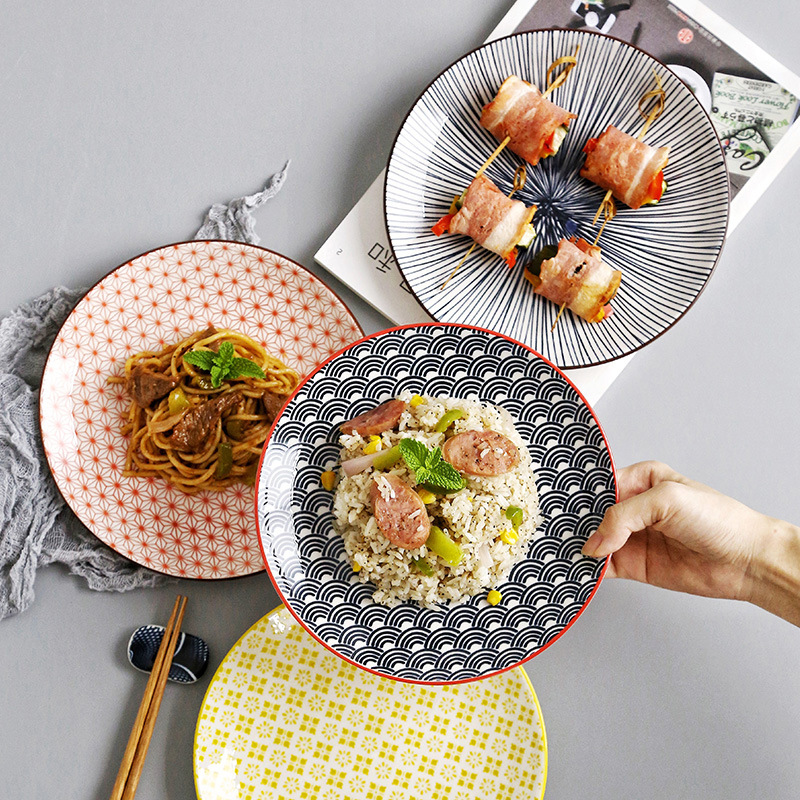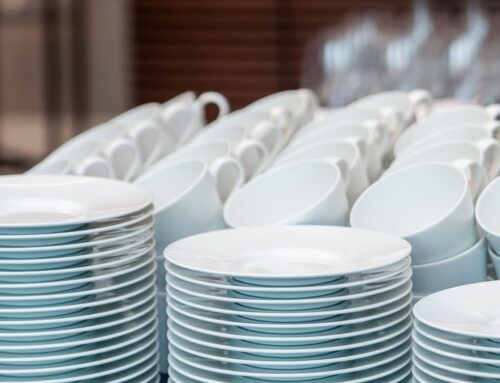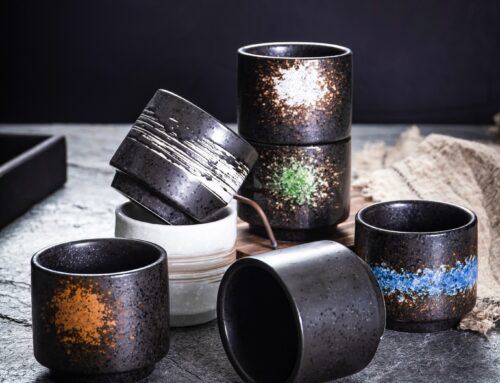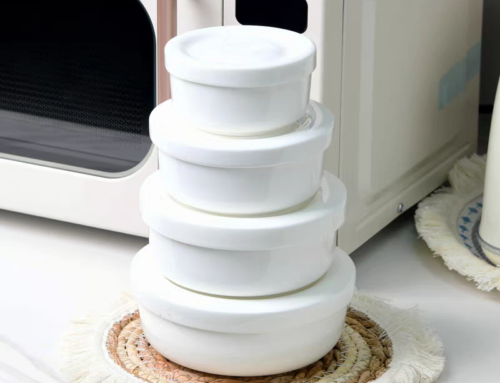The actual color of the meal is crucial. However, how we perceive a meal is greatly influenced by the color of the plate, it is served on. In this post, we’ll look at how colorful porcelain plates can change how your food is presented and how to use color to best enhance your food.
Blanche Plates
For framing their culinary creations, many cooks prefer white because practically all food colors look nice against it. The meal appears more delicious, and its colors seem more brilliant. It can serve as the ideal backdrop for any cuisine.
White dinnerware can occasionally be boring. White tableware in various forms and textures can improve your presentation and appeal to additional senses.
Contrasting complementary and complimentary colors
Stick to hues that touch each other on the color wheel if you want to create a harmonious effect. Unfortunately, these won’t be conflicting colors but complementary ones.
Playing with complementary hues, or those on the opposite side of the color wheel, is something you should be confident in (i.e., red and green, orange and blue, yellow and purple). These hues don’t simply go well together; they also enhance or intensify one another by striking a contrast.
Consider using green dinnerware when serving meatballs with red sauce, for instance. A green salad served in a crimson bowl, on the other hand, will catch your guests’ attention and make a bolder presentation.
Conclusion
Too much of one color might hurt the overall effect. In the same way, you would use garnishes and sauces to showcase your dish, think of your plating as a canvas or frame. Remember that the menu and tone you want to set are the first things to consider.
After learning how the use of color in plating may impact how your food is presented, you should be creative with how you serve fried appetizers, burgers, fries, soup, sandwiches, or even sushi.
Please get in touch with so we can create the colorful porcelain plates you desire!





